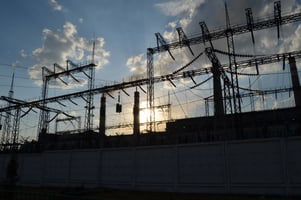Overpriced or underpriced?
Carbon Pricing and its Impact on Manufacturing Industry: A Deep Dive
Carbon pricing - the bogeyman of the manufacturing sector or the much-needed wake-up call?
If you're in the manufacturing industry, you've likely had heated debates about carbon pricing. Some see it as an undue burden; others as an essential tool for ushering in a more sustainable future. This post aims to settle the debate by delving deep into the world of carbon pricing and its real impact on manufacturing.
The concept of carbon pricing isn't new. The premise is simple - if you pollute, you pay. By attributing a tangible cost to carbon emissions, the goal is to incentivize industries to reduce their carbon footprint. But how does this translate into the real world, specifically for the manufacturing sector? Let's break it down.
There are primarily two models of carbon pricing - a carbon tax and a cap-and-trade system. The former is a direct tax on emissions, while the latter sets a cap on emissions and allows industries to trade emission allowances. Both aim to make the polluter pay while encouraging greener practices.
Critics argue that carbon pricing can adversely affect the competitiveness of industries, especially those with thin profit margins. However, this concern doesn't consider the cost of inaction. The longer we delay in curbing emissions, the more severe and costly the impact of climate change will be.
On the flip side, carbon pricing can spur innovation and efficiency. Faced with the prospect of a carbon tax or the need to buy allowances, industries are likely to seek ways to reduce emissions, often leading to more efficient operations. It's a catalyst for change that pushes industries to explore and adopt more sustainable technologies and practices.
Let's take a look at British Columbia, Canada - a shining example of carbon pricing done right. In 2008, the province implemented a carbon tax that has been gradually increased. The result? A significant drop in fuel consumption and greenhouse gas emissions, without a negative impact on economic growth.
Moreover, revenue from carbon pricing can be used to fund renewable energy projects, energy efficiency programs, and other initiatives that further reduce emissions. It's a virtuous cycle that benefits not just the environment but also the economy.
In conclusion, carbon pricing isn't a threat to the manufacturing industry; it's an opportunity. An opportunity to innovate, to become more efficient, and to play a crucial role in mitigating climate change. The real question is, are we bold enough to seize it?
Stay tuned to our blog for more insights into the intersection of manufacturing and sustainability.




